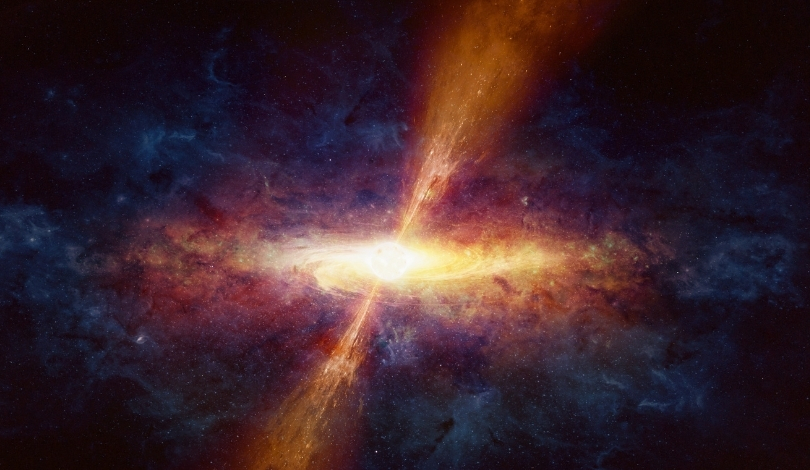The James Webb Space Telescope (JWST) has provided new insights into the dusty environment of an active galactic nucleus (AGN) in the galaxy ESO 428-G14, situated roughly 70 million light-years away. The research, recently published in the Monthly Notices of the Royal Astronomical Society, highlights the discovery of heated polar dust that deviates from the conventional torus model around supermassive black holes (SMBHs). This study aims to shed light on the mechanisms driving the heating and distribution of dust in these extreme cosmic environments.
In earlier studies, the AGN in ESO 428-G14 had been observed using telescopes like ALMA and Hubble. However, the JWST’s advanced capabilities allowed astronomers to bypass the obstructive clouds of gas and dust that typically hinder observations. This leap in observational technology has provided a more nuanced understanding of the AGN’s dust dynamics. The newly discovered polar dust, heated by relativistic jets rather than the accretion disk, adds a vital piece to the puzzle of AGN behavior and structure.
Revealing Hidden Dust
The JWST’s observations showed that the polar dust extends approximately 650 light-years from the AGN, aligning with the paths of radio jets. This finding suggests that the jets, rather than electromagnetic radiation from the accretion disk, are primarily responsible for heating the polar dust. These observations challenge traditional models and push for a revision in our understanding of dust and gas dynamics around SMBHs.
Implications for AGN Models
The study’s lead author, Houda Haidar, emphasized the significance of using JWST data to explore these phenomena.
“Having the opportunity to work with exclusive JWST data and access these stunning images before anyone else is beyond thrilling,”
she remarked. This work contributes to the ongoing debate about the energy transfer mechanisms in AGNs, specifically the role of jets versus radiation from the accretion disk.
Dr. David Rosario, a senior lecturer at Newcastle University and co-author of the study, noted the unexpected findings regarding the influence of radio jets.
“There is a lot of debate as to how AGN transfer energy into their surroundings. We did not expect to see radio jets do this sort of damage. And yet here it is!”
These observations support the theory that jet-induced shocks significantly impact the heating and shaping of the dust around SMBHs.
The JWST’s discoveries about the nature of dust around AGNs provide critical insights into the complex interactions between SMBHs and their environments. The differences in temperature between the polar dust and the accretion dust suggest varying heating mechanisms, with jets playing a more substantial role than previously thought. These findings will inform future models of AGN behavior and help astronomers better understand galaxy evolution over time.










